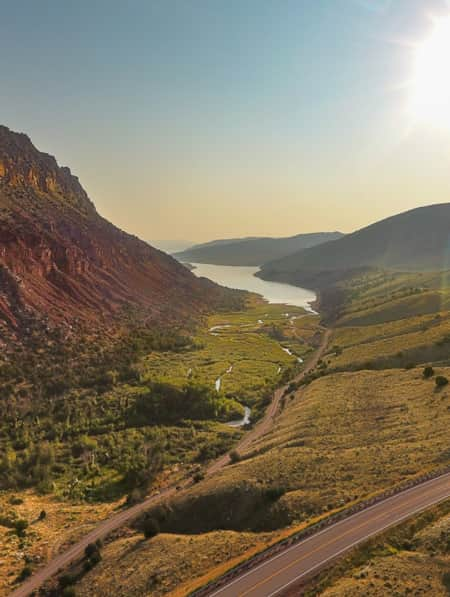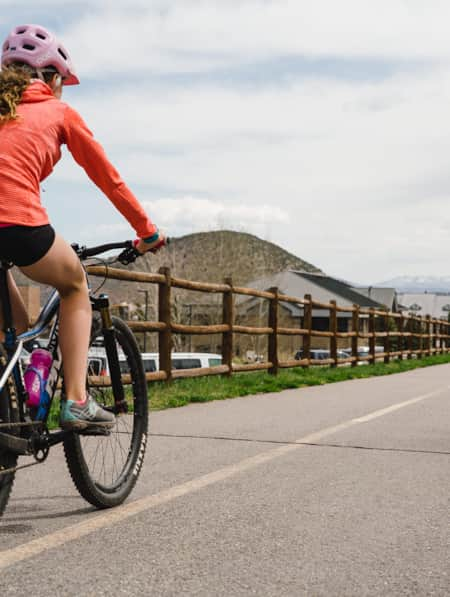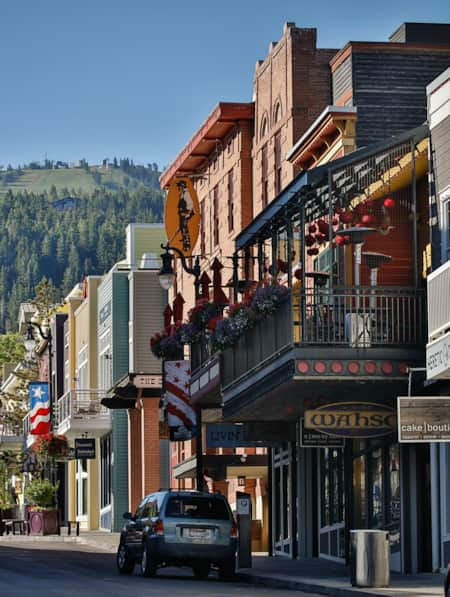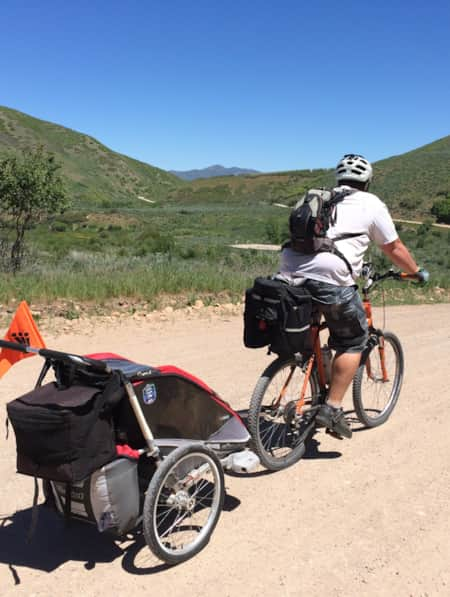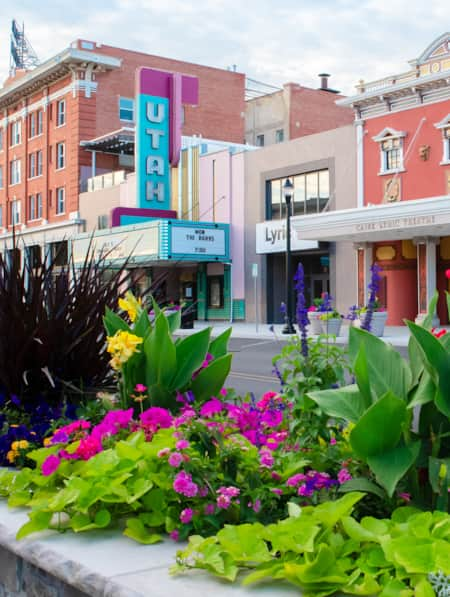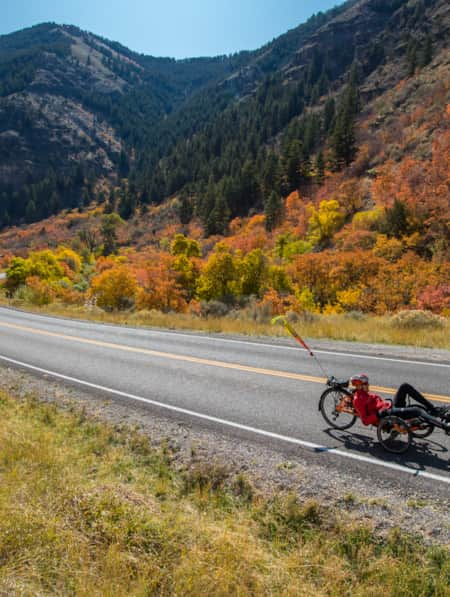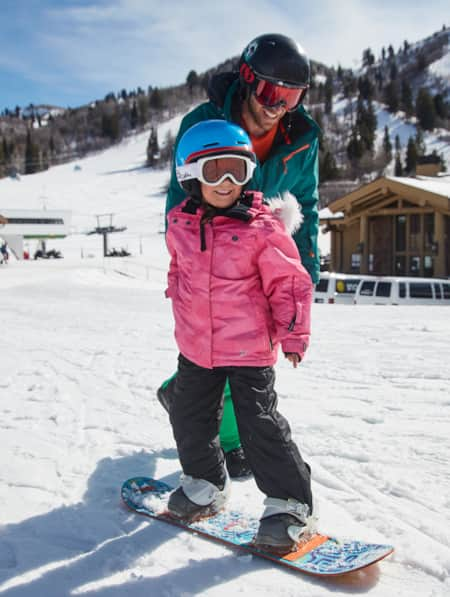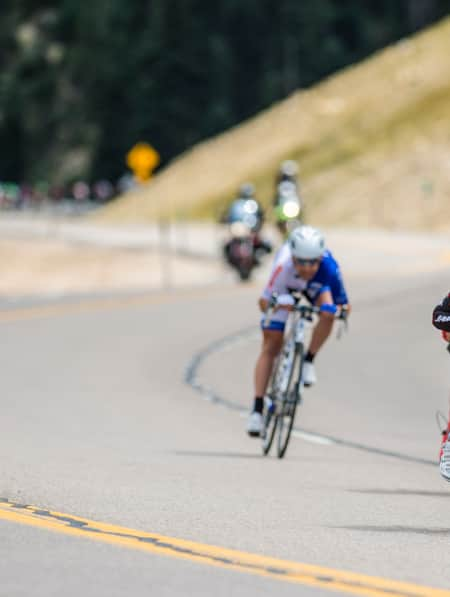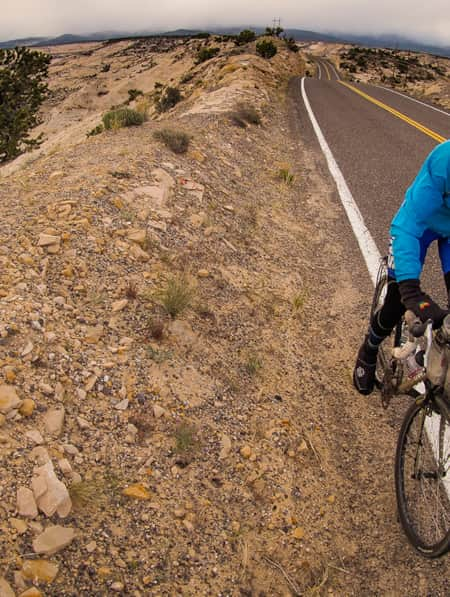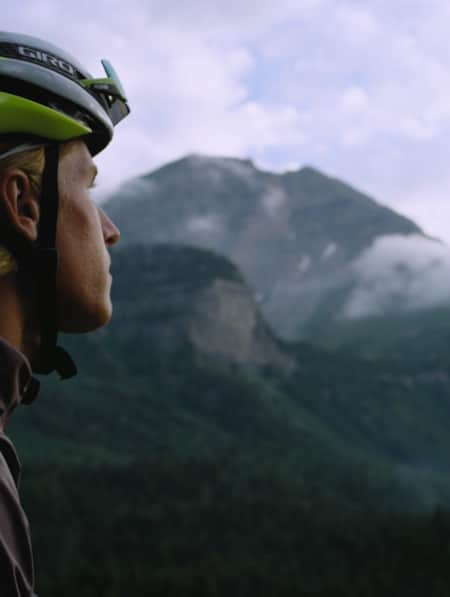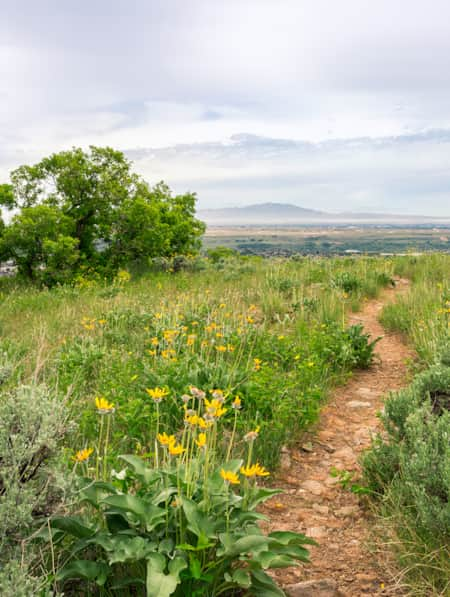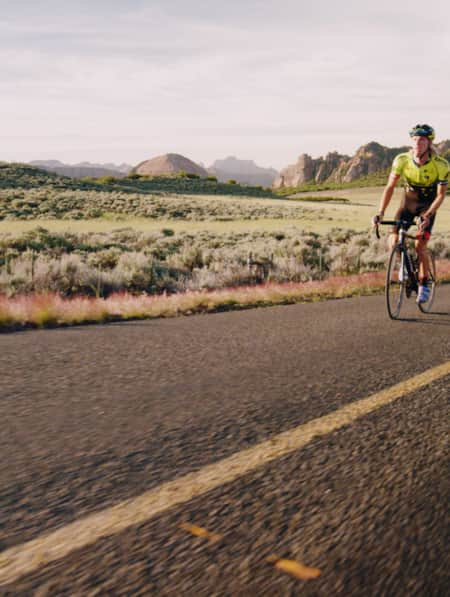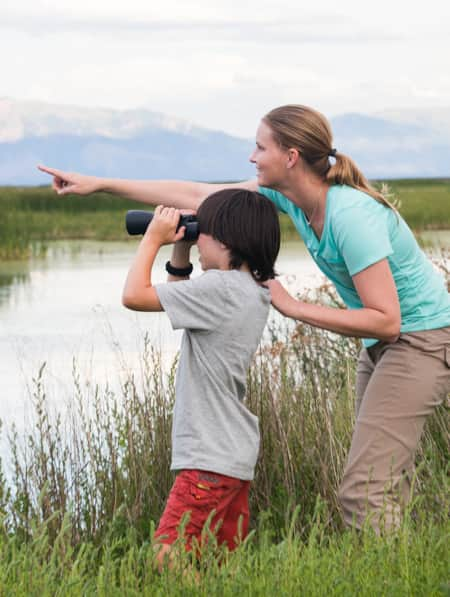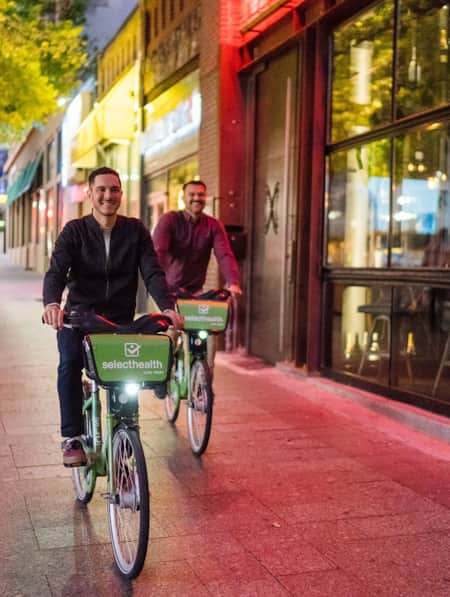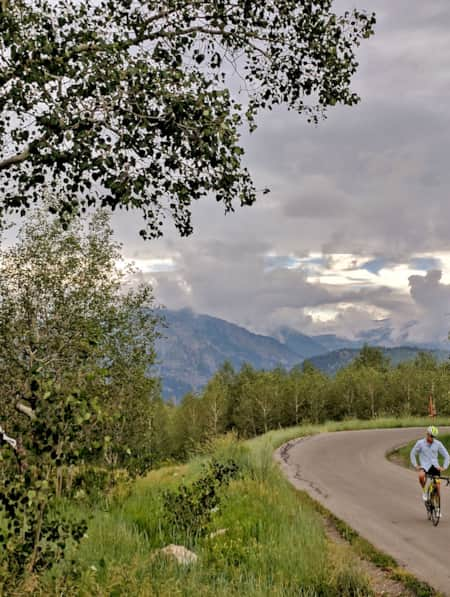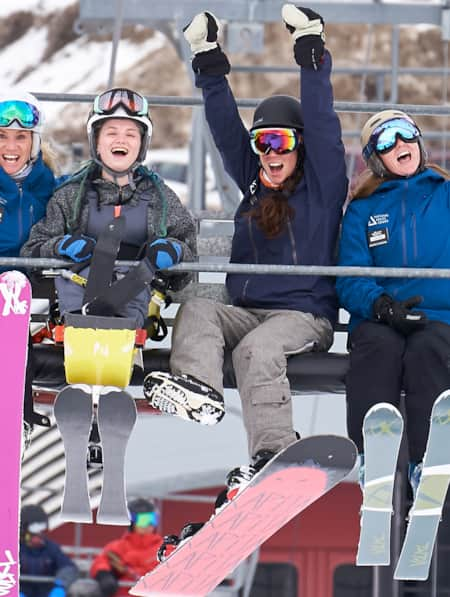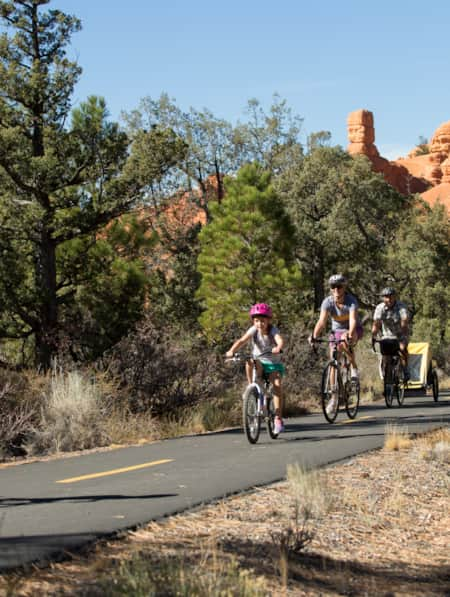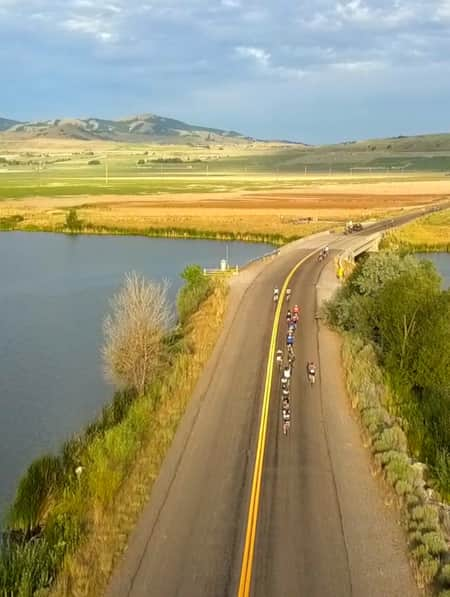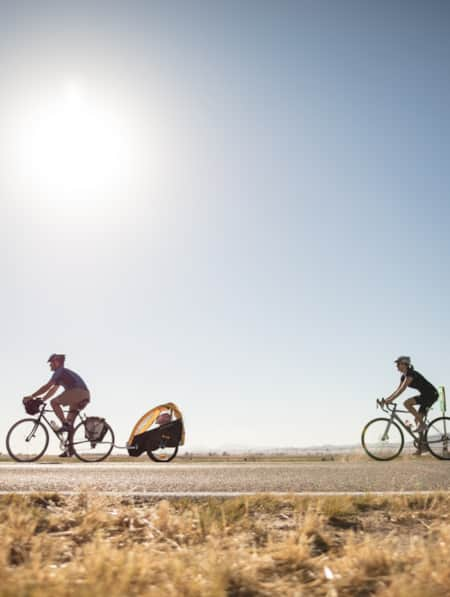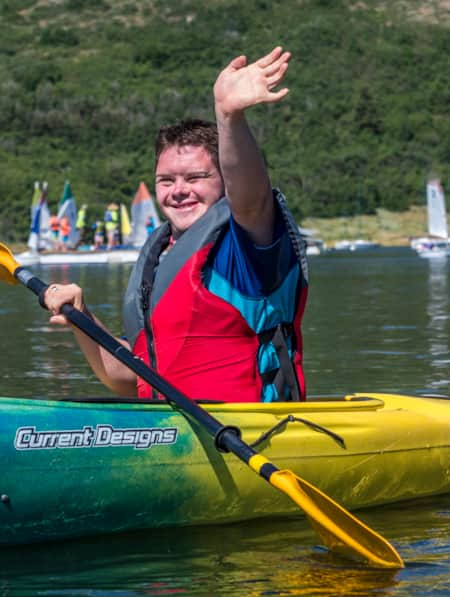Cycling Routes
-
Cycling Golden Spike
Contemporary American History from the Seat of a Bike.
-
Cycling in Antelope Island State Park
With a network of good quality paved roads that meander around the shores of the Antelope Island State Park, road cyclists get a nice little western wildlife tour biking in Utah.
-
Cycling in Bear Lake and Logan Canyon
Turquoise Waters, Legends of Lake Monsters, Raspberry Shakes, & Great Road Riding! See it all on the Bear Lake Cycling Route in Utah. Plan now.
-
Cycling in the Cottonwood Canyons
An Escape Route to the Mountains for Salt Lake City Cyclists.
-
Cycling the Alpine Loop
Set out on an adventurous alternative on one of Utah’s most-loved rides for road cyclists. The 20-mile Alpine Loop. Come see why we love it!
-
Cycling the Parowan Gap Loop
Parowan Gap: A 50-Mile Adventure Brimming With History.
-
Cycling the Sevier Highway
The Candy Mountain Express — Richfield to Fremont Indian State Park on the protected Sevier Highway — is One Sweet Ride. Plan a Utah road cycling adventure.
-
Cycling the Upper Colorado Scenic Byway
Planning a trip to Moab? Bring your bike along for some quality road cycling and tackle the Upper Colorado Scenic Byway. This one pack a big punch.
-
Cycling the West Mountain Loop
There are some mountains you climb, and some you ride around.
Start Planning
-

Road Cycling Base Camps
These are your cycling base camps. Perfect for ambitious riders, weekend warriors, groups or families looking for an array of shorter rides and day trips out of a single location, with plenty of additional activities available for days off the bike.
-

Road Cycling in National Parks & Monuments
See some of Utah’s most spectacular national parks and monuments from the seat of a bicycle. Join road biking enthusiasts and enjoy an intimate experience with the outdoors.
-

Top Road Cycle Touring Routes
The most serious cyclists among us are always looking for the opportunities to get out on the bike. But there are also life-list destinations you dream of riding. You follow the pros as they tear up the asphalt and get restless watching the aerial footage of the winding, rising landscapes.
More Information
Bike Utah offers an overview of Utah Cycling Laws and well as trail recommendations and maps.
Visitor Information Centers across the state carry area-specific cycling information and maps. Cycling suggestions covered in this section represent only a sampling of the routes and terrain opportunities available for bicycle exploration.
- cyclingutah.com is a listing of bicycle shops, tours, festivals, races and events, including trail maps, forums and advocacy groups.
- bicycleutah.com is a resource for locating biking guides.



